Retro Replay Review
Gameplay
Lagrange Point delivers a classic Japanese-style RPG experience set against a sprawling science-fiction backdrop. You begin your journey aboard the Lagrange Point space station, moving between modules, docking ports, and control rooms in a top-down overworld. Outside the station, you pilot your ship to various planets and asteroid belts, each with its own set of corridors and hidden terminals to explore. The sense of scale—traveling from station to planet—gives the game its distinct space-opera atmosphere.
(HEY YOU!! We hope you enjoy! We try not to run ads. So basically, this is a very expensive hobby running this site. Please consider joining us for updates, forums, and more. Network w/ us to make some cash or friends while retro gaming, and you can win some free retro games for posting. Okay, carry on 👍)
Combat is turn-based and viewed from a first-person perspective, much like the Phantasy Star series. Each action—whether it’s a basic attack, a powerful technic, or a support ability—consumes Battle Points (BP) or HP. This mechanic adds an extra layer of strategy: do you burn through your BP quickly for big damage, or rely on HP-costing techniques when your reserves are low? Boss encounters in cramped ship corridors test your resource management, forcing you to think several turns ahead.
Character progression follows a traditional level-up system, but equipment and technique learning feel integrated into the sci-fi setting. You can upgrade Jin’s gear with parts looted from robotic invaders, and certain high-level technics require rare components you find on distant worlds. Puzzle-like obstacles—such as sealed airlocks, data consoles, and gravity lifts—encourage you to piece together keycards and energy cells, breaking the monotony of random battles with environmental challenges.
Graphics
Lagrange Point stands out on the NES by using Konami’s MMC5 memory mapper, which allows for a richer color palette and more detailed sprites than most contemporaries. The station interiors are rendered in crisp, distinct tiles, with control panels, bulkhead doors, and maintenance shafts clearly differentiated. On alien worlds, the game switches to darker, more atmospheric palettes that heighten the sense of isolation.
Enemy designs range from simple reconnaissance drones to colossal battle cruisers, each animated with surprising fluidity for an NES title. In first-person battles, attackers fire beams and missiles that flash across the screen in smooth, multi-color bursts. Character portraits during key dialogue moments are sharp, expressive, and subtly shaded, lending a touch of anime-inspired flair to the narrative scenes.
The user interface is clean and functional: status windows display HP and BP with bold lettering, and menu icons for items, equipment, and technics feel intuitive. Background music complements the visuals with a blend of eerie ambient tracks in docking bays and adrenaline-pumping themes during combat. Sound effects—like the chirp of a console activating or the clang of a robot’s attack—add satisfying feedback without feeling repetitive.
Story
Set in the 22nd century, Lagrange Point opens with humanity’s exodus from an overpopulated Earth into the so-called Isis Era. The titular space station serves as an oasis in deep space, a hub for scientific research and exploratory missions. When you step off your ship, you quickly discover that this haven isn’t as peaceful as it seems—mysterious robotic invaders descend upon the station, turning corridors into battlegrounds.
You play as Jin, a young pilot tasked with uncovering the source of the assault. As you chase clues across star systems, the narrative unfurls into a deeper mystery tied to ancient technology and a long-forgotten cosmic threat. NPCs on various outposts hint at conspiracies within the station’s own administration, and each new world reveals fragments of a grander plot that’s been in motion for centuries.
The pacing blends moments of quiet investigation—reading logs, decrypting data, and conversing with researchers—with sudden, high-stakes combat sequences. Dialogue occasionally leans on sci-fi jargon, but well-placed visual storytelling and atmospheric sound design fill in the gaps. By the time the final layers of the conspiracy are exposed, you’ll feel fully invested in Jin’s mission and the fate of all mankind in this remote corner of space.
Overall Experience
Lagrange Point offers a unique slice of sci-fi RPG history on the NES, combining exploration, strategic combat, and a deep narrative. The game’s use of MMC5 hardware brings richer graphics and sound than many of its peers, while the BP/HP hybrid battle system demands thoughtful resource management. Puzzle elements keep exploration fresh, and the first-person encounters maintain a steady tension throughout your journey.
That said, the game’s age is apparent in its translation quirks and occasional difficulty spikes—random encounters can feel relentless if you’re under-leveled, and some boss battles require precise BP budgeting. However, these challenges also reinforce the reward of overcoming critical battles through clever strategy rather than button-mashing.
For retro RPG enthusiasts and sci-fi aficionados alike, Lagrange Point is a hidden gem worth seeking out. Its blend of space exploration, mystery, and methodical combat creates an experience that remains memorable decades after its release. If you appreciate atmospheric world-building and don’t mind a bit of old-school challenge, Jin’s quest through the Abyss of Space is one ride you won’t soon forget.
 Retro Replay Retro Replay gaming reviews, news, emulation, geek stuff and more!
Retro Replay Retro Replay gaming reviews, news, emulation, geek stuff and more!
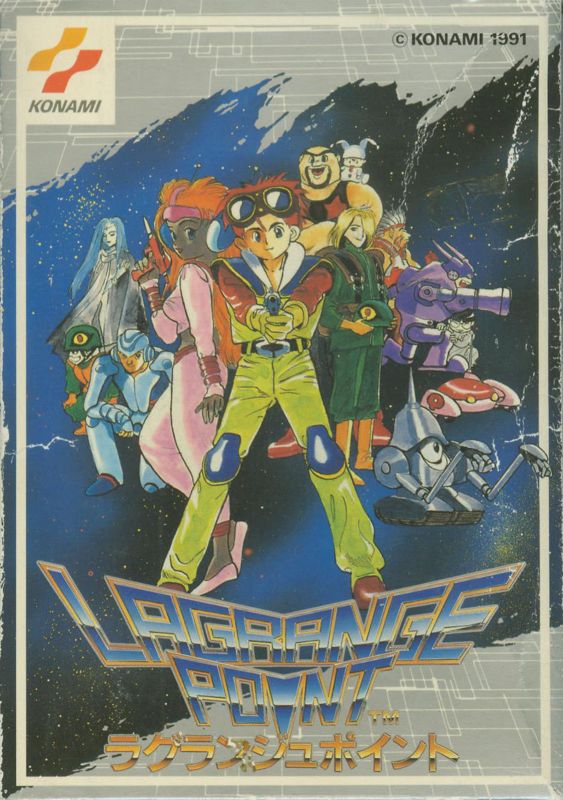
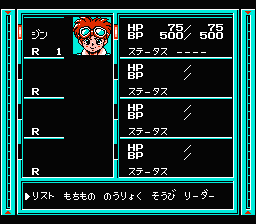
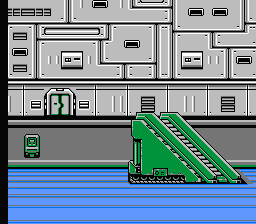
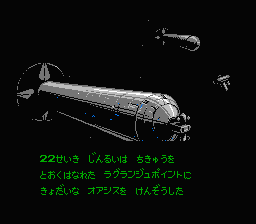
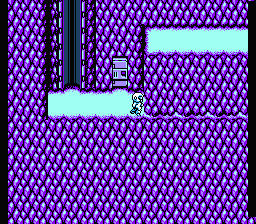
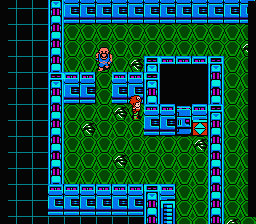



Reviews
There are no reviews yet.